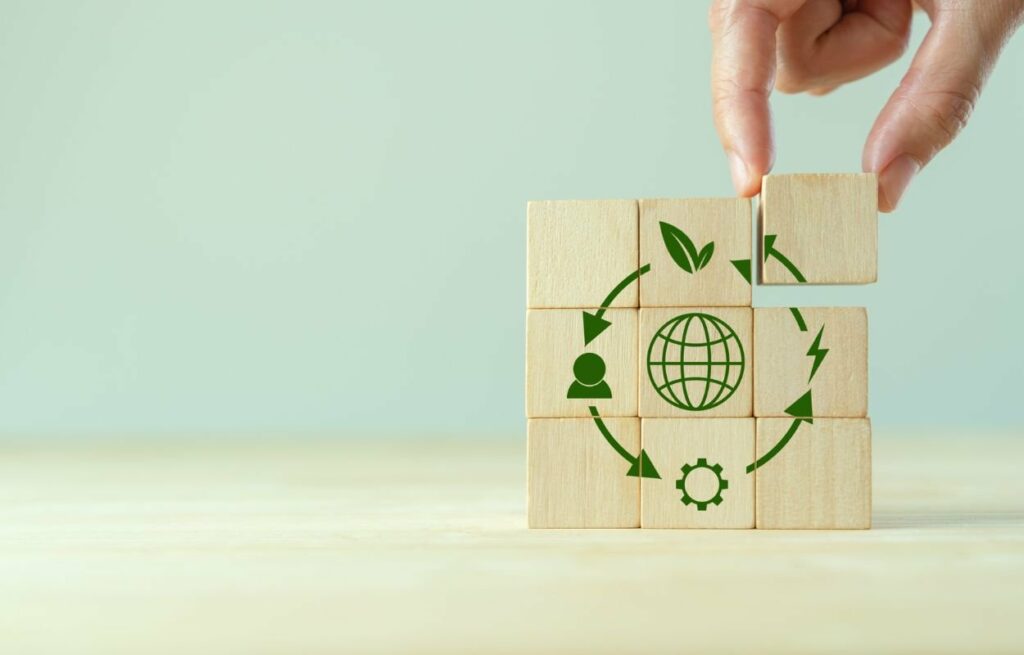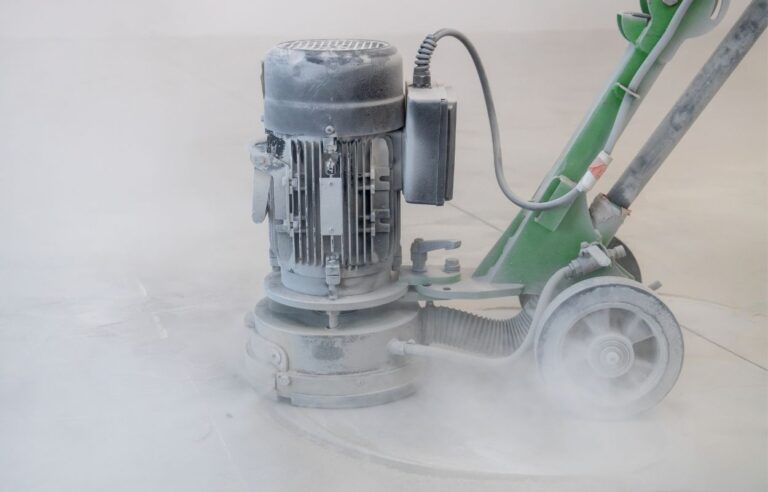
Have you ever wondered what happens to buildings after their purpose comes to an end? In many cases, they’re demolished, and the debris often ends up in landfills. That approach wastes resources and energy. But there’s a better way—a way that’s more sustainable and economically smart. Enter professional deconstruction.
Let’s talk about how deconstruction can fit perfectly into circular economy strategies. And if you’re in British Columbia, you’ll be glad to know there are fantastic deconstruction services in Port Alberni leading the charge.
WHAT IS DECONSTRUCTION?
Deconstruction is like demolition, but way cooler and a whole lot smarter. Instead of just tearing things down and tossing everything out, deconstruction carefully takes buildings apart piece by piece. Why? To salvage materials like wood, metal, and fixtures for reuse or recycling. It’s about valuing what’s already been created instead of letting it go to waste.
Think of it as giving materials a second life. It’s not just about saving money; it’s about saving resources and reducing the environmental footprint of construction projects.
THE CIRCULAR ECONOMY: A QUICK OVERVIEW
Before diving deeper, let’s quickly cover what a circular economy is. Unlike a traditional linear economy—where we take, make, use, and toss—a circular economy keeps resources in use for as long as possible. It’s all about reducing waste and rethinking how we use products and materials.
The goal? Create systems where waste is minimized and products are designed to be reused, repaired, or recycled. It’s about turning “trash” into treasure and doing business in a way that’s better for the planet.
HOW DECONSTRUCTION SUPPORTS THE CIRCULAR ECONOMY
So, how does deconstruction fit into this big, circular picture? Here are some of the key ways:
Salvaging Valuable Materials
When a building comes down, professional deconstruction services ensure materials like timber, bricks, and steel don’t go to waste. These materials can be reused in new construction projects or sold to others who need them. It’s like giving these materials a new lease on life.
For example, reclaimed wood from old buildings can become flooring, furniture, or even art. And guess what? These repurposed materials often have a unique charm you just can’t get from new ones.
Reducing Waste in Landfills
Landfills are already overflowing, and construction debris is a huge contributor. Deconstruction significantly reduces the amount of waste sent to these sites. By salvaging and reusing materials, we’re not only keeping waste out of landfills but also reducing the demand for virgin materials.
Cutting Carbon Emissions
Deconstruction helps lower carbon emissions by reducing the need for energy-intensive manufacturing of new materials. When you reuse a steel beam or a stack of bricks, you’re skipping the resource-heavy process of creating new ones. That’s a win for the planet and for future generations.
Creating Jobs and Boosting Local Economies
Here’s a bonus you might not have considered. Deconstruction isn’t just good for the environment; it’s also good for communities. It requires skilled workers to carefully dismantle buildings and sort materials. That means more jobs and a boost for local economies.
In places like Port Alberni, this approach has the potential to become a cornerstone of sustainable development.
WHY PORT ALBERNI IS PERFECT FOR DECONSTRUCTION
Speaking of Port Alberni, it’s an ideal place to embrace deconstruction and circular economy practices. With its strong community focus and a growing interest in sustainability, the city is poised to lead by example. The demand for deconstruction services in Port Alberni is growing, and for good reason.
The region’s abundance of older buildings presents a golden opportunity to salvage materials and keep them in circulation. Imagine the impact if every renovation or demolition project prioritized deconstruction over traditional methods. The environmental and economic benefits would be huge.
HOW TO GET STARTED WITH DECONSTRUCTION
If you’re planning a renovation or demolition project, here’s how you can make deconstruction a part of your plan:
Choose Professionals
Deconstruction isn’t a DIY job. It requires expertise to safely dismantle structures and preserve materials. Hire a professional team with experience in deconstruction to ensure the process is efficient and effective.
Plan Ahead
Deconstruction takes more time than traditional demolition, but the benefits are worth it. Start planning early and factor the process into your project timeline. You’ll need to coordinate with contractors, recyclers, and potential buyers for salvaged materials.
Spread the Word
The more people know about the benefits of deconstruction, the better. Talk to your neighbors, contractors, and local officials about the advantages of this approach. By raising awareness, you can help make deconstruction the go-to method in your community.
LOOKING AHEAD: THE FUTURE OF DECONSTRUCTION
The future looks bright for deconstruction as more people recognize its value. It’s not just a trend; it’s a necessary shift toward a more sustainable way of living and building. Governments, businesses, and individuals all have a role to play in making this vision a reality.
For cities like Port Alberni, embracing deconstruction is more than a choice; it’s an opportunity to lead the way in sustainable development. By integrating professional deconstruction into circular economy strategies, we can create a future that’s both economically vibrant and environmentally responsible.
So, next time you hear about a building coming down, think about what could be saved and reused. With a little effort and the right team, we can turn what was once considered waste into something truly valuable. And if you’re in Port Alberni, you already have access to excellent deconstruction services that can help make it happen.





